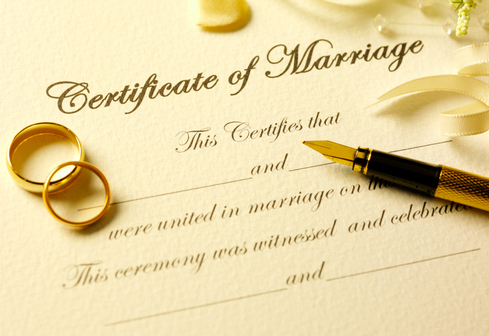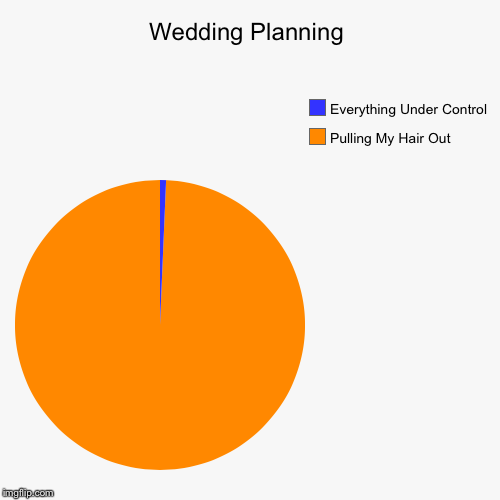The Bridal Glossary – What Does It Mean?
Wedding dress shopping is one of the most exciting parts of planning your wedding! While researching styles and shops, you may encounter some terms that you have never heard before. To best prepare you for your shopping experience, we have created a Wedding Dress Glossary! Impress your entourage by being


